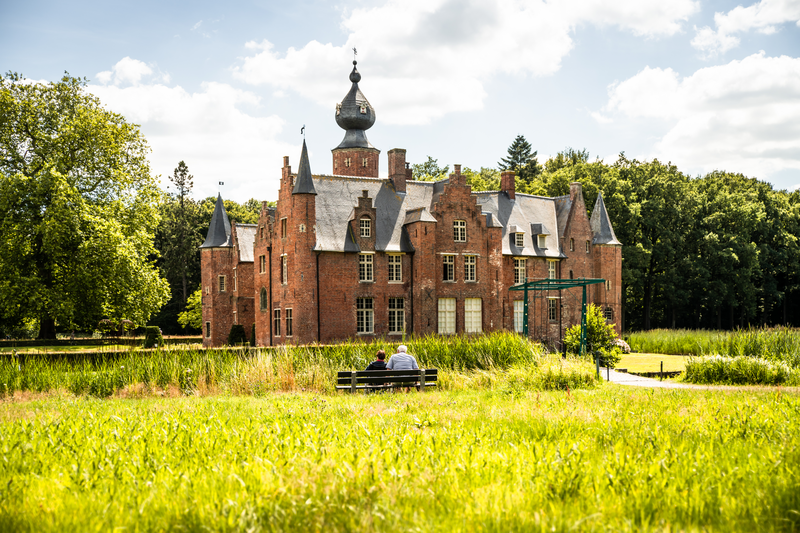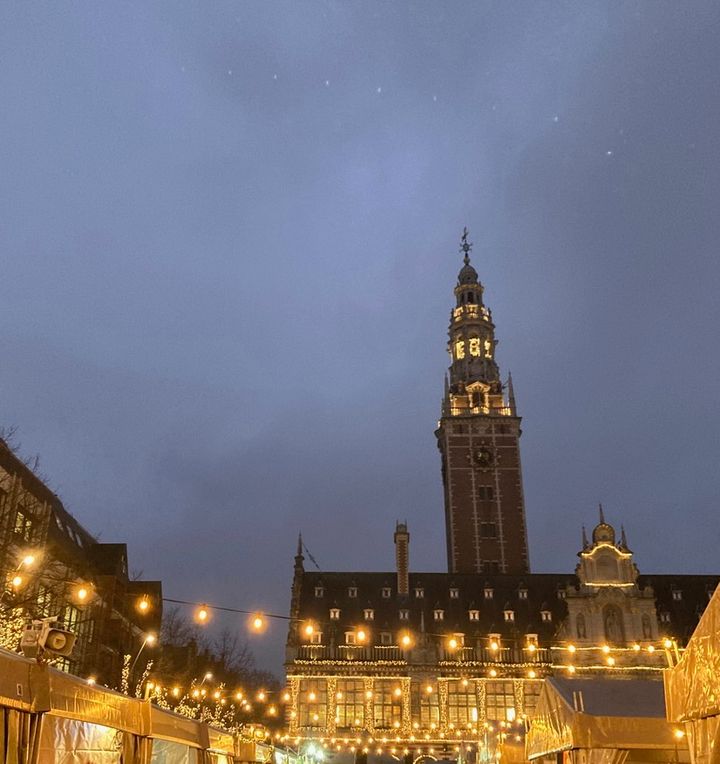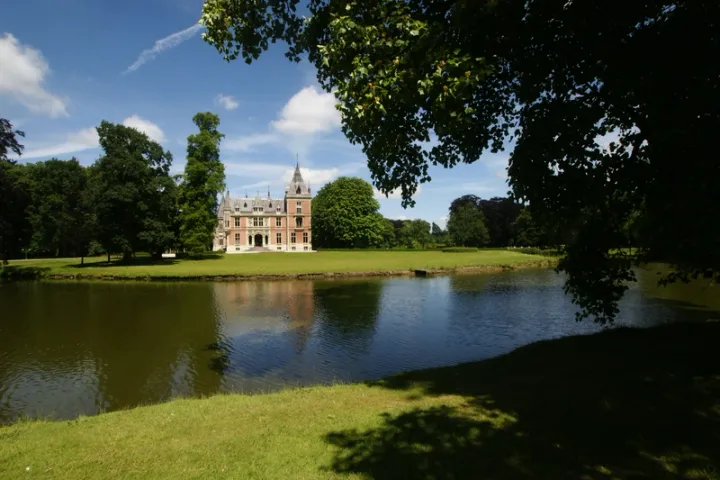Provinciedomein Sterrebos, in the West-Flemish Rumbeke, is a castle domain of 27 hectares. Despite its location next to a busy main road, Sterrebos forms an oasis of tranquility and here, as a hiker, you leave urbanization far behind you.
Castle Domain Sterrebos
The origins of the castle grounds date back to the second half of the 15th century. The castle as we know it today is largely the result of a building campaign carried out during the 16th century by lord Thomas de Thiennes. The castle in its present form is first depicted in a painting from 1535. At that time, however, there is no mention of the Sterrebos.
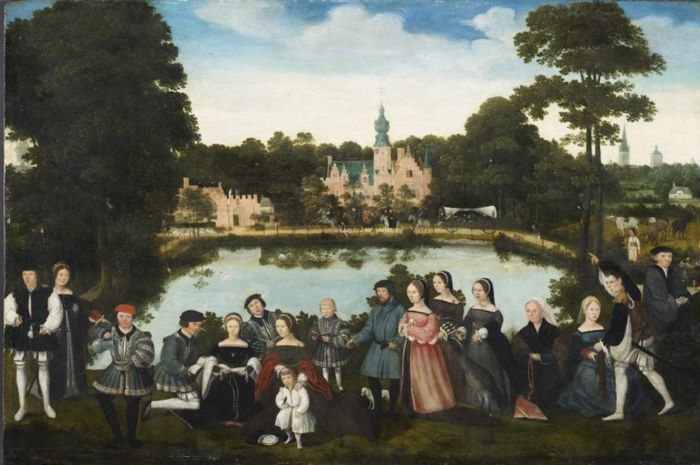
The construction of the star
The economic crisis affecting the late Middle Ages gave way to a new zeitgeist from the 16th century onward. With the Italian Renaissance as the ultimate epitome, art, literature, luxury and personal development of the individual take center stage for us as well. "Seize the day" became the motto of the beau monde; relaxation was the norm.
Similarly, hunting grew to become a particularly popular pastime for noblemen. Enter the "star", built in the 18th century by the architects H. Pulinckx and F. Simoneau. Indeed, such a star-shaped drift system in a forest was the ultimate dream of the hunter, who had to be able to approach the game always against the wind. So by dividing a forest into segments (triangles) corresponding to the directions of the wind, like a compass rose, the hunter was always at an advantage.
The star-shaped avenues in Rumbeke were created several centuries after the construction of the castle. Besides their obvious purpose - hunting - immediately a second explanation why the avenues do not start from the castle as the center. In several other baroque parks, the castle usually does form the center of the domain. A striking example of this is the Palace of Versailles, where the paths in the park depart from the palace according to a goose-foot pattern.

The Star Forest clearly did not steal its name. The client for the reconstruction of the castle park was most likely general and commander-in-chief of the Austrian army Joseph de Murray, who married the widow of Charles Louis Albert de Thiennes. A star-shaped ground plan consisting of a junction of yew hedges and hedges of brown beech has formed the basis of the castle grounds since 1769-1775. From a center point, twelve avenues in the shape of a star depart. Prior to the new landscaping, some preparatory works are carried out. The old neerhof, west of the castle, is demolished and the small pond, south of the castle, is filled in. The design by architects Simoneau and Pulinckx is said to be inspired by the Prater in Vienna.

All the lanes were given names according to the hours of the clock for convenience in the 1960s. Today the star-shaped ground plan, together with the Rumbeek Castle, still forms an eye-catcher for every visitor to the provincial domain. At the end of each lane are landmarks to behold. Some examples:
The II avenue overlooks the church of Rumbeke.
The IV avenue overlooks the castle's old field garden and quadrant-shaped ponds.
The V-ur alley overlooks the stepped gable at the back of the castle.
The VIII-urban lane overlooks the Bergmolen.
The XII avenue overlooks the St. Michael's Church of Roeselare.
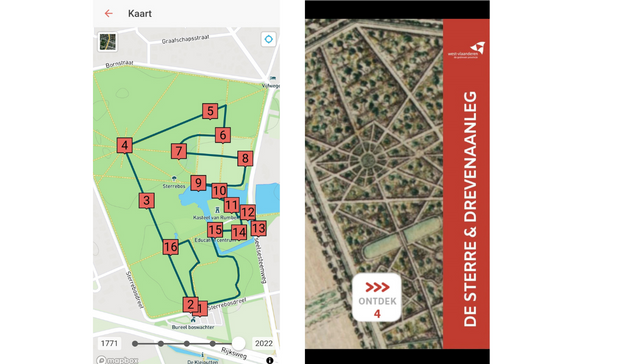
Curious about more? Discover the 'star' in person with the ErfgoedApp.
Also discover the other heritage walks of the Province of West Flanders via erfgoedapp

